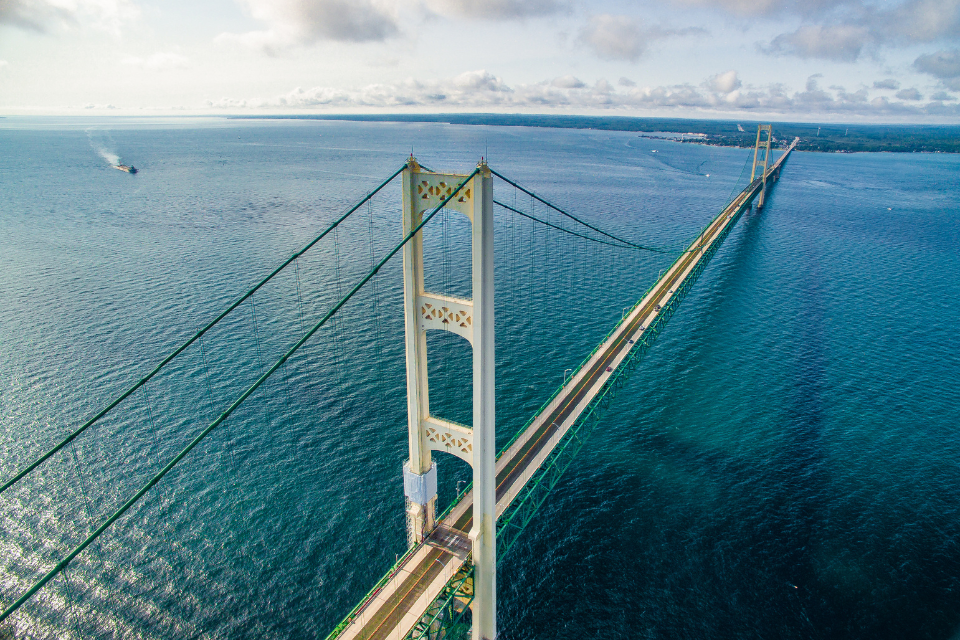Retired pastor John E. Harnish hopes the new United Methodist Church will emerge from the pain of disaffiliation and the vibrant energy of the recent General Conference as a bridge-building church that brings us closer together.
JOHN E. HARNISH
Retired Pastor, Michigan Conference
The new Gordie Howe International Bridge spanning the Detroit River between the United States and Canada is almost complete. The two great spans stretching from opposite shores are within one last link of connecting. It’s an incredible engineering feat. Of course, it is not the first bridge to be a symbol of Michigan. The great Mackinac Bridge connecting the two peninsulas has long been an image of uniting two very different cultures and regions of the state.
Bridge-building is hard work.
Bridge-building often faces opposition, particularly from people who feel it threatens their own interests. For years, the United States and Canada acknowledged the need for another bridge. But Matty Maroun, the owner of the Ambassador Bridge, opposed it because of his self-interest in protecting his profits from the Ambassador Bridge. Finally, after court battles and bargaining, the two nations worked together to get it done.
Many of us remember the hard work of uniting the Detroit and West Michigan Conferences to form the Michigan Conference. After several failed attempts, we were finally able to achieve this. In the years that have passed, we have learned just how wide the rivers are between metropolitan Detroit, the farmlands of the Thumb, the uniqueness of the Upper Peninsula, and the culture of West Michigan. But we have built bridges and brought Michigan United Methodists across the state together with a shared vision and mission.
Our denomination has struggled for 50 years over inclusion issues — who is in and outside the church? The recent General Conference made major decisions about the future with the commitment to be a bridge-building church, to welcome all persons into the family of God, to acknowledge our cultural differences internationally, and to work to build a truly global United Methodist Church. It’s hard work and not without opposition. Nationally, we have lost about 25% of our churches, who prefer to stay on their side of the river. It’s only about 17% in Michigan, but it’s still painful. A pastor of one disaffiliating church, similar to Matty Maroun, said, “Well, we just have to do what is best for our congregation.”
It’s easy to settle in on my side of the river only to be concerned about my interests and what is best for me. It’s easy to let the boundaries that separate us keep us from reaching across the great divide to find ways to connect with people who are different from us. It’s hard to build bridges connecting us with the concerns of the larger community and the larger world.
But building bridges makes all the difference.
Ultimately, life and commerce will flow across the Gordie Howe International Bridge, bringing Canada and Detroit closer together. Hopefully, out of the pain of disaffiliation and the vibrant energy of the recent General Conference, the new United Methodist Church will be a bridge-building church, bringing us all closer together. Let’s make it happen at the Michigan Annual Conference this year!
Last Updated on May 22, 2024

